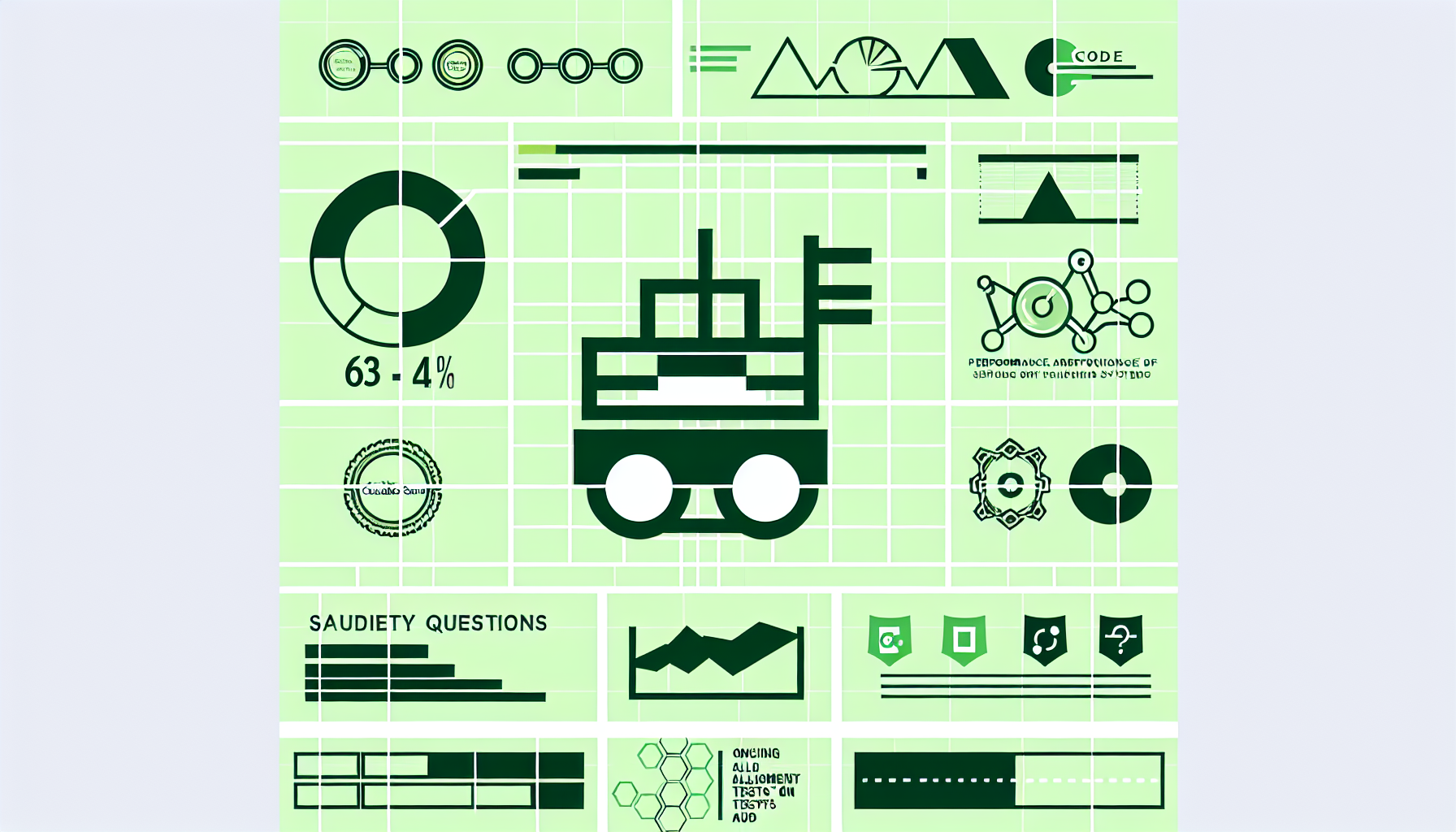Turtle.xyz dealflow is quantifiably surging across DeFi, anchored by a $6.2M seed round announced on May 12, 2025 and a growing set of on‑chain participation metrics [1]. The team reported 315,000+ registered wallets, $2.3B+ of liquidity bootstrapped and 51 protocol integrations, while coordinating the deployment of $550M in 45 days [1]. In September 2025, it launched a Liquidity Leaderboard that weights referred deposits 10x and cites prior campaigns moving $4B+ across 330,000+ wallets globally [4].
Key Takeaways
– shows Turtle.xyz dealflow bootstrapped $2.3B+ and deployed $550M in 45 days, averaging about $12.2M per day across initial campaigns. – reveals wallets climbed from 315,000+ to 330,000+ by September 2025, implying at least 4.8% growth in cross‑chain, self‑custody participants. – demonstrates 51 integrations connecting protocols and LPs, reinforcing a coordination layer that tracks wallet activity and unlocks exclusive liquidity deals. – indicates referred liquidity earns a 10x normalized value on the Liquidity Leaderboard, boosting Deposit and Distribution Scores for qualified partner deals. – suggests institutional confidence as Turtle raised $6.2M led by THEIA, with angels Joseph Lubin and Yoann Turpin supporting the roadmap.
Turtle.xyz dealflow by the numbers
On May 12, 2025, Turtle Club closed a $6.2M seed round led by THEIA to accelerate engineering, integrations and distribution—explicitly to “deliver the best‑quality dealflow” for liquidity providers (LPs) [1]. Angel backers named in the announcement include Ethereum co‑founder Joseph Lubin and Wintermute’s Yoann Turpin, underscoring sector‑native confidence in the model [2]. Additional participants cited in independent coverage include Susquehanna and Consensys, broadening the cap table to strategic institutions [3].
The company disclosed 315,000+ registered wallets, $2.3B+ in total value bootstrapped and 51 active integrations, highlighting meaningful network reach for matching LP capital with on‑chain incentives [1]. During an initial bootstrapping campaign, the protocol coordinated $550M of liquidity in just 45 days—an average deployment rate of approximately $12.2M per day [2]. Framed against the broader bootstrapped total, that early 45‑day wave represented nearly 24% of the $2.3B+ base, signaling strong activation velocity [2].
Beyond the topline figures, Turtle positions its protocol as a coordination layer for DeFi, tracking wallet activity across chains and packaging exclusive liquidity opportunities for qualified participants [2]. Complementary descriptions emphasize the system’s self‑custody design and telemetry that observes swaps, delegated stakes and referral codes to optimize incentive routing and verification [5]. The result is a data‑driven distribution mechanism that rewards provable participation instead of opaque promotions [5].
The metrics continued to move after the seed. In September 2025, Turtle launched a public Liquidity Leaderboard while claiming that prior campaigns have moved over $4B across 330,000+ wallets globally—a step up from earlier reported figures [4]. Earlier disclosures put the registered wallet count at 315,000+, so the 330,000+ total implies at least 4.8% incremental growth in the addressable participant base [1]. The shift from $2.3B+ bootstrapped to $4B+ “moved” reflects expanded campaign scale and reach across integrated ecosystems [4].
How Turtle.xyz dealflow is engineered for LPs and protocols
At the core of Turtle.xyz dealflow is a cross‑chain analytics engine that tracks wallet behavior and aligns it with protocol incentives, enabling the platform to curate exclusive campaigns with verifiable contribution and eligibility [2]. This approach is designed to reduce noise for LPs, who often face fragmented, duplicative or mis‑targeted incentives across networks and applications [2]. The product strategy aims to meet LPs where they are—on self‑custody wallets—while standardizing how participation is recognized and rewarded [5].
Leadership has been explicit about resourcing that mission. CEO Essi Lagevardi said the seed financing would expand engineering, integrations and distribution to deliver the “best‑quality dealflow” for LPs and accelerate product development [1]. That spend targets the pipes that connect protocols seeking capital to wallets with a track record of deposits, stakes or trading patterns aligned to specific campaigns [1]. By emphasizing portability of identity and behavior across chains, Turtle reduces the friction of discovery and due diligence on both sides [2].
The system’s telemetry includes monitoring swaps, delegated stakes and referral code usage, allowing campaign architects to calibrate incentives based on observed actions instead of solely TVL snapshots [5]. This design supports more granular reward logic: for example, weighting deposits from referred participants, or boosting rewards for sustained distribution over mercenary bursts [4]. Combined with integration depth, the data model helps differentiate genuine liquidity from non‑sticky flows [5].
In practice, the curation layer means an LP can allocate into a campaign with clear rules and auditable scoring, while a protocol can specify what counts as valuable participation—deposit duration, cross‑pool distribution, or new‑to‑ecosystem referrals [4]. Codifying these preferences into on‑chain metrics gives both sides transparency, improving signal quality in a crowded incentive landscape [4]. That transparency is what turns raw activity into qualified dealflow [2].
Liquidity Leaderboard marks a new incentive era
The September 2025 release of the Liquidity Leaderboard formalizes Turtle’s scoring logic, rewarding both referred and deposited liquidity with explicit weightings and public visibility [4]. Referred liquidity is assigned 10x normalized value, elevating the importance of trusted introductions and expanding a campaign’s reach beyond existing power users [4]. Deposit and Distribution Scores sit at the center of the design, reflecting how much and how widely participants allocate across eligible pools [4].
Eligibility is not open‑ended: deposits must flow into qualified partner deals to count, and social verification can add further boosts, tightening alignment between campaign goals and participant behavior [4]. With those controls in place, Turtle reports that its prior campaigns have moved more than $4B across 330,000+ wallets globally, an aggregate that underscores the scale of coordinated liquidity migrations it can marshal [4]. Public scoring makes those flows legible in real time, inviting competition and repeat participation [4].
For LPs, the 10x referral weighting changes the game: bringing new capital is mathematically more valuable than simply cycling existing deposits, which can lift campaign ROI in capital‑scarce environments [4]. For protocols, tying payouts to distribution breadth can discourage concentration in a single pool and help align incentives with network‑wide health [4]. The leaderboard, in short, operationalizes quality over raw quantity in liquidity programs [4].
Competitive positioning and risk considerations
Turtle’s “coordination layer” framing differentiates it from traditional yield platforms by prioritizing identity‑and‑behavior‑based routing instead of solely rate chasing, a thesis echoed in the seed disclosures and press materials [2]. The investor roster—THEIA leading the $6.2M seed, with Susquehanna and Consensys participating—adds strategic heft from institutions that have scaled market infrastructure before [3]. Named angels Joseph Lubin and Yoann Turpin complement that profile with deep protocol and market‑making expertise [2].
Quantitatively, the integration footprint and throughput metrics compare favorably to early‑stage coordination networks. With 51 integrations, the $2.3B bootstrapped total equates to roughly $45.1M per integration, though individual partners likely vary widely by size and maturity [1]. The 45‑day deployment of $550M implies a daily run‑rate of about $12.2M during the bootstrapping phase, demonstrating an ability to mobilize capital quickly when incentives are aligned [2]. Rapid activation is critical in incentive windows that often decay within weeks [2].
Risks remain. Much of the data is company‑reported or appears in press materials, and while on‑chain activity is in principle auditable, comparisons across protocols can be noisy due to differing definitions of “bootstrapped,” “moved,” or “registered” [1]. Further, the 10x referral weighting can be gamed without robust identity checks; Turtle’s requirement for qualified deals and social verification seeks to mitigate this, but implementation details will matter [4]. Sustaining the quality of Turtle.xyz dealflow will hinge on continued integration depth and credible verification [4].
What’s next for adoption and integrations
Momentum indicators suggest a continued expansion path. The seed round earmarks funds for engineering, integrations and distribution, paving the way for more partner campaigns and deeper multi‑chain coverage [1]. The protocol already tracks wallet activity across chains, enabling tailored deals that reach beyond single‑ecosystem silos and meet LPs in self‑custody environments [2]. As integrations expand, expect more granular segmentation of wallet cohorts and refined scoring for allocation behavior [5].
The Liquidity Leaderboard also introduces competitive dynamics that can compound adoption: public scores and boosts for referred liquidity can grow the user graph organically while improving capital stickiness via distribution targets [4]. If the $4B moved across 330,000+ wallets is a proxy for coordination capacity, subsequent cohorts could push these totals higher as new ecosystems and partner deals come online [4]. That, in turn, can increase the supply and diversity of exclusive campaigns surfaced to LPs [4].
Finally, the institutional mix behind the seed—THEIA, Susquehanna, Consensys, plus angels Lubin and Turpin—positions Turtle for collaborations that cross trading, infrastructure and protocol layers [2]. With the company’s launch dating to March 2024, the step‑function increases seen in 2025 set a baseline for measuring whether future quarters deliver larger, faster and broader campaign deployments [3]. The next test is execution at scale: more integrations, verifiable outcomes and continued improvements in Turtle.xyz dealflow quality [1].
Sources:
[1] GlobeNewswire – Turtle Club raises $6.2M to advance on-chain liquidity distribution protocol: www.globenewswire.com/news-release/2025/05/12/3078947/0/en/Turtle-Club-raises-6-2M-to-advance-onchain-liquidity-distribution-protocol.html” target=”_blank” rel=”nofollow noopener noreferrer”>https://www.globenewswire.com/news-release/2025/05/12/3078947/0/en/Turtle-Club-raises-6-2M-to-advance-onchain-liquidity-distribution-protocol.html
[2] Cointelegraph (press release) – Turtle Club raises $6.2M to advance on-chain liquidity distribution protocol: https://cointelegraph.com/press-releases/turtle-club-raises-6-2-m-to-advance-on-chain-liquidity-distribution-protocol [3] FinSMEs – Turtle Club Raises $6.2M in Seed Funding: www.finsmes.com/2025/05/turtle-club-raises-6-2m-in-seed-funding.html” target=”_blank” rel=”nofollow noopener noreferrer”>https://www.finsmes.com/2025/05/turtle-club-raises-6-2m-in-seed-funding.html
[4] Turtle Docs (official) – Liquidity Leaderboard: https://docs.turtle.xyz/liquidity-products/leaderboard [5] Generation XYZ (gen.xyz blog) – Liquidity distribution platform Turtle.xyz coordinates incentives for participants across the DeFi ecosystem: https://gen.xyz/blog/turtle-xyz
Image generated by DALL-E 3











Leave a Reply